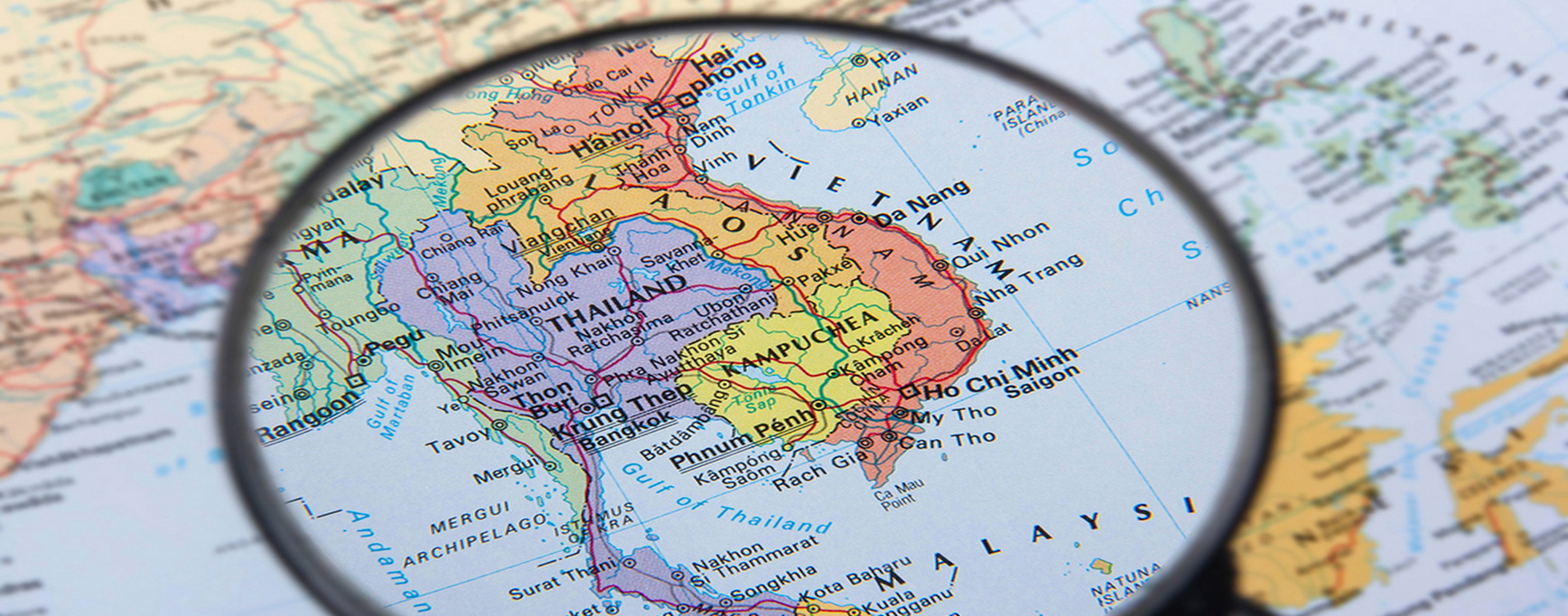Please Login to use our services.
If you are not our member, please register here or contact us via email support@ipavietnam.org for our further support.


Vietnam has long been considered the cultural and artistic heart of Asia. Moreover, located in the cradle of Southeast Asia, Vietnam’s advantageous geographic location can serve as a launch pad and home base for what is already the largest collection of people on earth (the combined populations of ASEAN along with China, Japan, South Korea and Chinese Taipei account for over 2 billion people). East Asia is a major engine driving world economic growth, and accounts for nearly 30 percent of the global population, economy and trade.
Vietnam occupies the eastern coastline of the Southeast Asian peninsula, and shares land borders with China to the north, and Laos and Cambodia to the west. Its coastline provides direct access to the Gulf of Thailand and the East Sea.

Vietnam has boosted its international economic integration as it has signed a number of free trade agreements, including the European Free Trade Association (EVFTA) and the Trans-Pacific Partnership (TPP), and is likely to create more opportunities for the country to integrate further with regional and global economies.
Vietnam joined ASEAN in 1995, adhered to CEPT/AFTA in 1996 and became an APEC member in 1998. The Bilateral Trade Agreement (BTA) with the United States was signed in 2000, which resulted in a dramatic increase in the trade volume between the two countries. Moreover, Vietnam has signed CPTPP with 10 Trans-Pacific countries (2019), AHKFTA with ASEAN and Hong Kong (2019), EVFTA with 27 members of EU (2020), UKVFTA with The UK (2021).
As of April 2022, Vietnam maintains diplomatic relationships with 190 nations throughout the world. It has 45 bilateral investment treaties and is party to 26 treaties with investment provisions. It also signed 58 double taxation agreements with countries and territories. It holds membership in 63 international organizations and over 650 non-governmental organizations.

Vietnam is a one-party state ruled by the Communist Party of Vietnam (CPV) which provides strategic direction and decides all major policy issues. Vietnam is one of the more politically stable countries in South East Asia. In a region of the world where some countries remain vulnerable to political and economic instability, Vietnam has benefited from its stable government and social structure, making it an ideal place for capital investment.
After nearly 50 years of reunification and development, Vietnam has become one of the reliable investment destinations for many countries due to its political stability and consistency. One of the most important factors for FDI enterprises to choose to invest in Vietnam is security.

Vietnam remains one of the fastest-growing Asian economies with high GDP grow in recent years, based on the power of FDI and the private sector. Since 1990, Vietnam’s GDP per capita growth has been among the fastest in the world, averaging 6.4 percent a year in the 2000s. Over the last decade the economy has recorded an average GDP growth rate of 7.2 percent per annum, ranking top in the Asia-Pacific region.
Vietnam’s economy is well on the way to being a multi-sector model operating according to market mechanisms. The private and FDI sector enjoy very favourable conditions created by the Enterprise Law and Investment Law of 2014, which institutionalizes the freedom of all individuals to conduct business in areas not prohibited by law and removes a large number of administrative obstacles that hampered enterprises.

Vietnam has a population of 98.1 million people in 2022 (15th largest in the world) and expected to break 100 million by 2022 with an annual growth rate of 1.2%. Over 50% of the population is 25 years or younger. Possessing, highly skilled, young workers with an extraordinary work ethic and literacy rate of more than 90%, the Vietnamese are equipped with a high level of education and are prepared to serve in high skilled industries like information technology, pharmaceuticals and financial services, at a more competitive cost than other countries in the region.
Along with the economic recovery, labour market trends were positive. Economic participation in the labour market increased, and the share of the labour force with technical expertise expanded.

The Vietnamese Government is continuing to revitalize its business and investment climate. Vietnam’s economy is expected to grow by 7.2% in 2022, on the back of a strong rebound in domestic demand and continued solid performance by export-oriented manufacturing, according to the World Bank East Asia and Pacific Economic Update, October 2022.
The government remains determined to fulfil it’s the rest of treaty obligations like TPP. Vietnam views the success of FDI enterprises as its own success. As such, the government is committed to ensuring a stable socio-political environment, protecting the legitimate rights and interests of investors, and creating an enabling environment for FDI enterprises in the country.